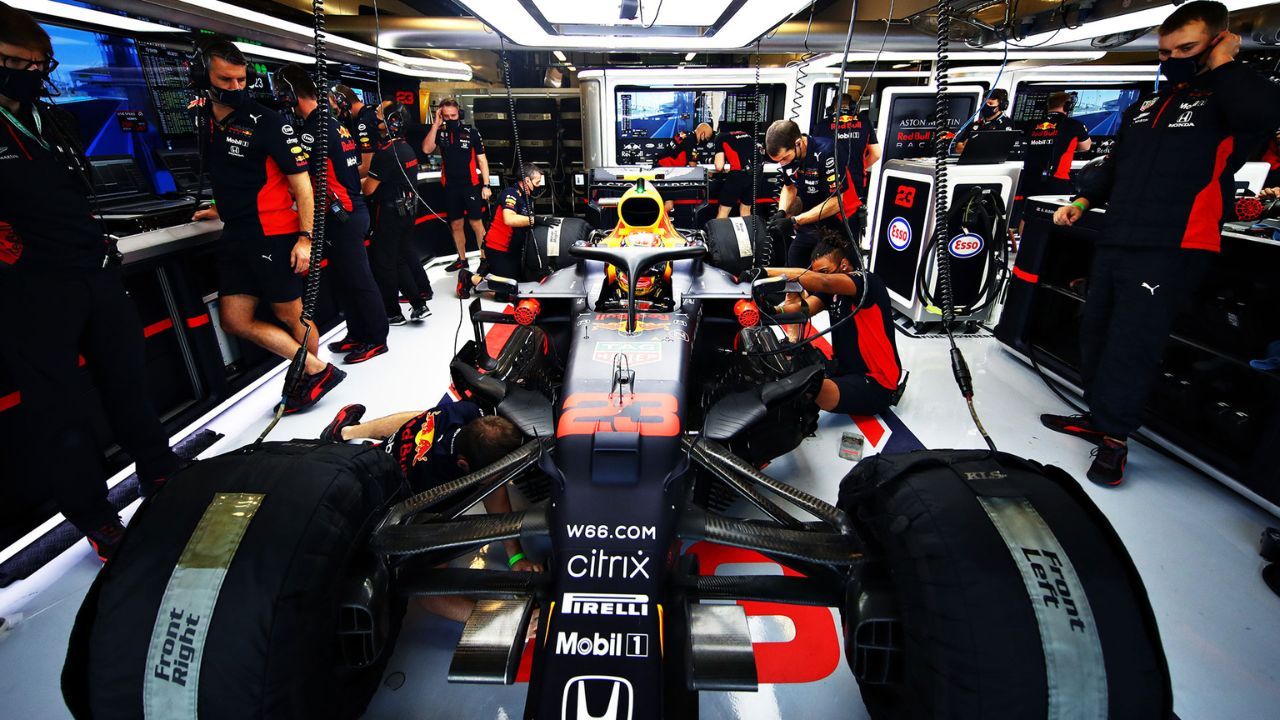
The FIA has formally approved the ban of aerodynamic testing in Formula 1 for the 2026 season by making changes to the sports regulations. According to the agreement made during a recent F1 Commission meeting, teams are not allowed to conduct any wind tunnel or CFD (Computational Fluid Dynamics) work for 2026 vehicles until January 1, 2025. This mirrors a similar arrangement that was put in place before the last major rule change in 2022. While the specific details of the forthcoming technical restrictions have not been fully determined, teams already have a thorough comprehension of the expected course of action.
Unusually, the sports regulations for the 2023 season have been altered after the World Championship ended. These changes involve prohibiting Aerodynamic Testing and Research (ATR) for the 2026 season, specifically from December 1 to 31. The 2024 regulations have also undergone corresponding modifications.
Under the revised restrictions, teams are currently prohibited from performing any wind tunnel or computational fluid dynamics (CFD) analysis on the '26 vehicles until January 1, 2025. Although the technical standards will remain unchanged for the next two seasons, a significant and extensive revision of regulations is expected in 2026, including both the chassis and engine components. To maintain fairness and prevent any team from acquiring an early edge, the FIA has enforced limitations that require work on the new-spec vehicles to be carried out only one year before they are introduced.
Also Read: F1: Teams Rally Behind Mercedes Amid Surprise Wolff Investigation by FIA
“In order to prevent testing which aims to develop for the 2026 season, from 1/12/2023 until 1/1/2025 inclusive, RWTT [restricted wind tunnel testing] may only be carried out using a scale model that substantially complies with the 2023, 2024 or 2025 F1 technical regulations,” reads the rule.
“With the exception of dyno testing aimed to develop brake system components with minimal air ducting and provided such tests do not concurrently t est (or in any way provide incidental data or knowledge on) the performance or endurance of parts or systems classified as bodywork, no wind tunnel testing may be carried out using car geometry partially or wholly compliant with and/or substantially derived from drafts and/or published versions of the 2026 F1 technical regulations or FIA proposed 2026 bodywork geometries and concepts.”
F1: Changes in 2024
The FIA's World Motor Sport Council has just granted approval for specific changes to the rulebooks governing the F1 2024 season.
One significant modification in the Technical Regulations permits the installation of a 'cooling scoop' on F1 cars under extremely hot weather conditions. This change was made in response to concerns aired following the heated Qatar Grand Prix.
In order to improve safety, limitations have been enforced on the quantity and weight of certain metallic elements included in the floors of F1 cars. These components were found to constitute a safety hazard when they get detached from the vehicle.
The pre-race grid assembly time has been reverted to 40 minutes, down from the extended 50 minutes, reinstating the previous duration before the trial of pre-race driver presentation elements.
Also Read: F1: 2024 Formula 1 Sprint Calendar Unveiled; China and Miami Included in the Lineup
A new regulation has been implemented for vehicles commencing from the pitlane, mandating the withdrawal of all staff and equipment from the high-speed lane of the pits within 90 seconds following the initiation of the formation lap. The FIA highlighted the necessity for regulations governing the process of removing staff and equipment when a car departs from the pits, as there are currently no such restrictions in place.
In addition, the FIA has officially validated some minor revisions to the Power Unit Sporting, Technical, and Financial Regulations for the year 2026.
























Write your Comment